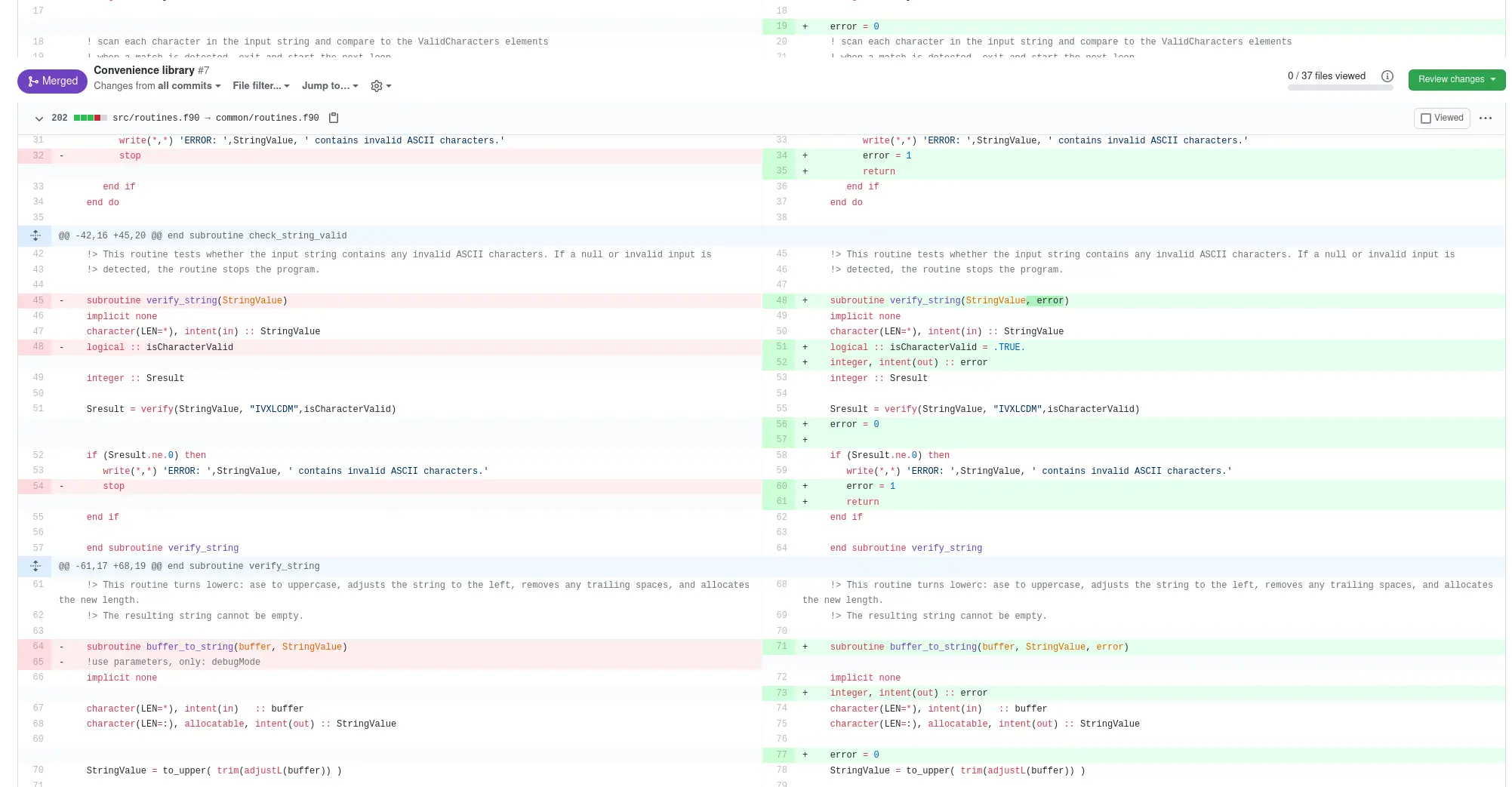A Large Scale Ancestry Study | Living with Machines

Living with Machines is a funded project at The Alan Turing Institute (aka the Turing), bringing together academics from different disciplines, to answer research questions such as how did historical newspapers tell the political landscape, how were accidents in factories reported, how did road and settlement names change, how did people change occupations during the industrial revolution...













